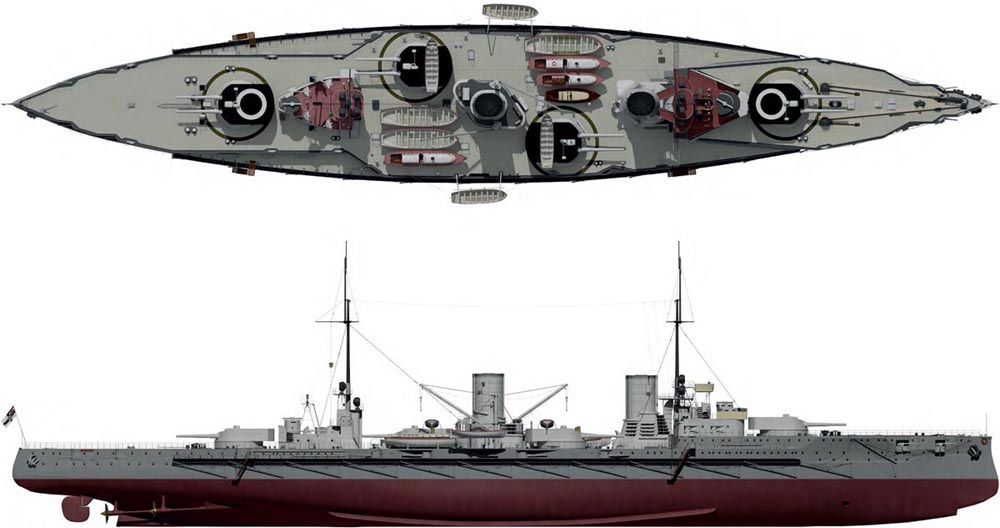



SMS von der Tann
1911
| Length: | 171.8m |
| Beam: | 26.6m |
| Draught: | 8.13m |
| Displacement: | 19.370tonnes |
| Armament: | 8-28cm L/45 |
| 10-15cm L/45 |
| 16-8.8cm |
| 4-45cm torpedo tubes |
| Speed: | 27.4 knots |
| Range: | 4.400nm at 14 knots |

A view of von der Tann amidships, showing the simple bridge with canvas dodgers to protect personnel from wind and spray. The bridge wings could be swung aft when not in use. The windlasses on deck were used for coaling.
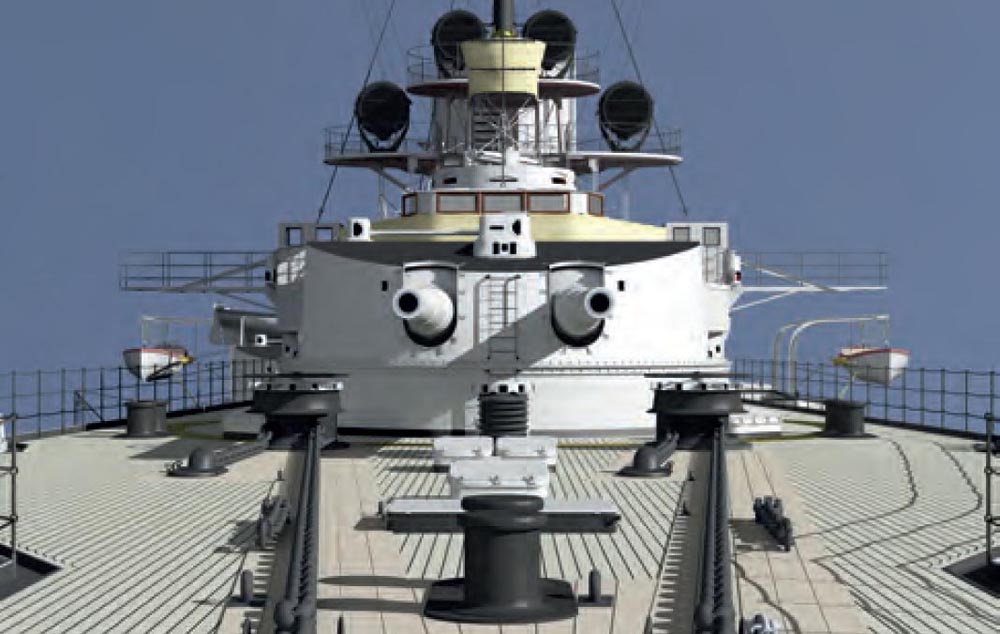
Looking aft from the stem, showing anchor chains, bollards and capstans. The powered windlass between the two capstan heads could also be hand-turned and was used to draw the ship up to the quay.
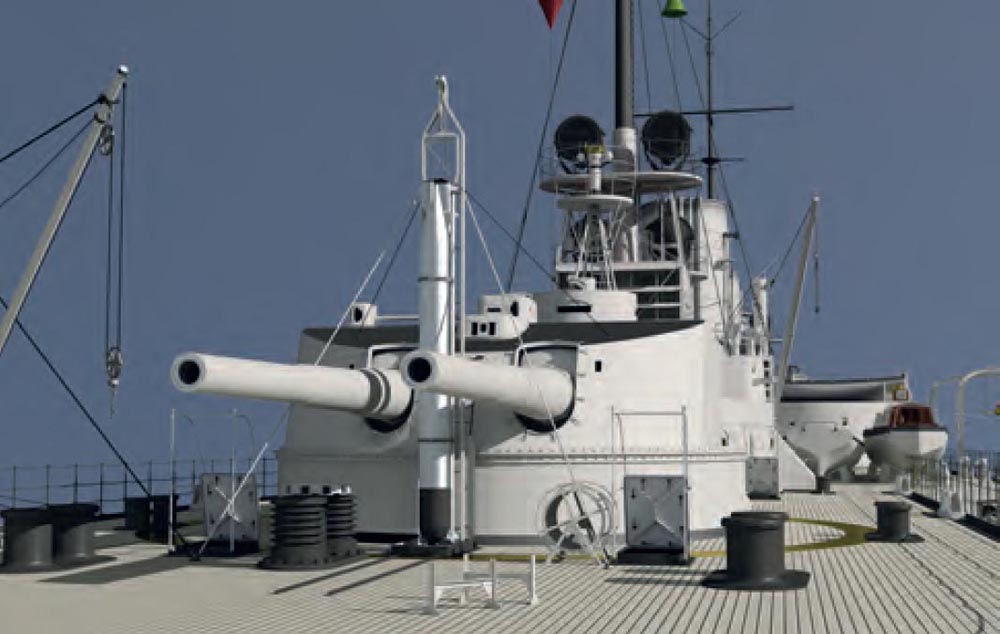
A view of the quarterdeck, showing the bollards and warping windlass. A torpedo is ready to be lowered down to the aft torpedo room. The derrick to the left was used to handle the torpedoes. The red and green cone indicators moved up and down to indicate the position of the rudders.
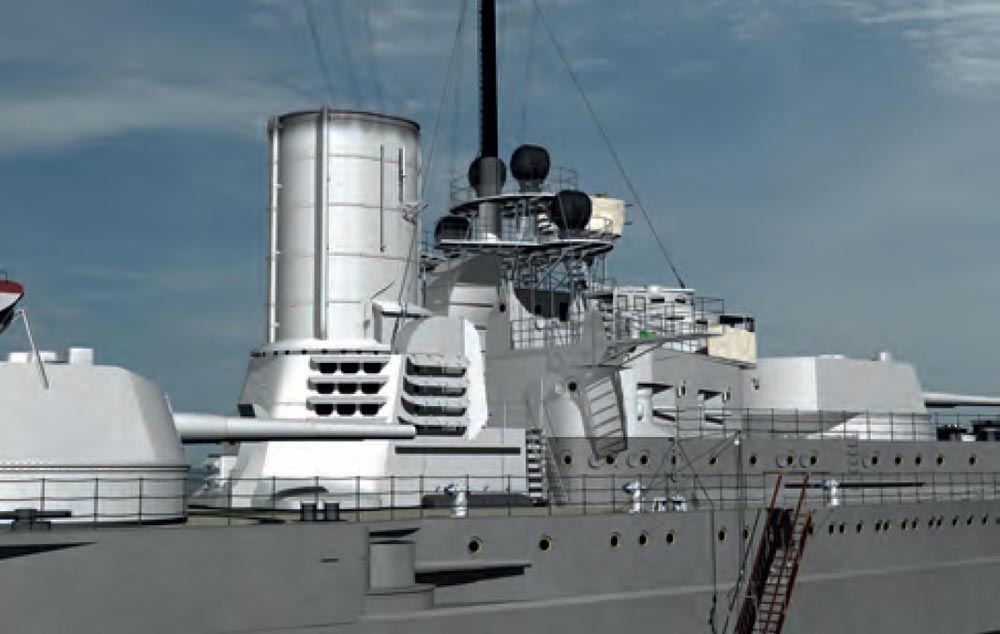
The forward superstructure. The positioning of 8.8cm guns in the forward superstructure was not considered successful, as it affected the use of the forward searchlights.
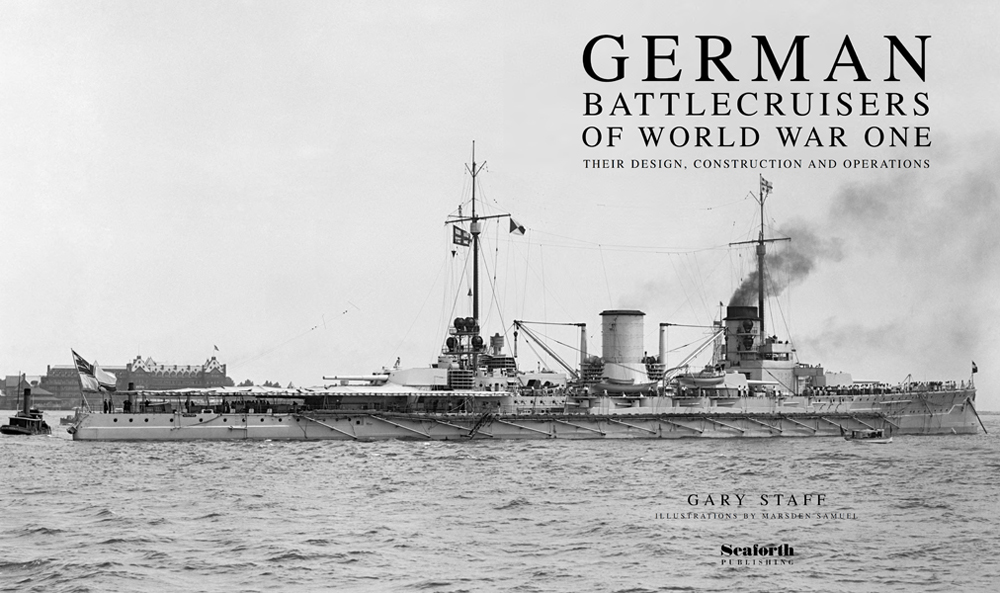
Overleaf: Moltke anchored in Hampton Roads,Virginia, USA, and flying the flag of Kontreadmiral von Rebeur-Paschwitz. Moltke spent from 3 June until 8 June 1912 in Hampton Roads.The flags indicate that a doctor is on duty and that Moltke is ready to put to sea.
All photographs are from the authors collection.
Copyright Gary Staff 2014
First published in Great Britain in 2014 by
Seaforth Publishing,
Pen & Sword Books Ltd,
47 Church Street,
Barnsley S70 2AS
www.seaforthpublishing.com
British Library Cataloguing in Publication Data
A catalogue record for this book is available from the British Library
ISBN 978 1 84832 213 4
eISBN 9781848323070
All rights reserved. No part of this publication may be reproduced or transmitted in any form or by any means, electronic or mechanical, including photocopying, recording, or any information storage and retrieval system, without prior permission in writing of both the copyright owner and the above publisher.
The right of Gary Staff to be identified as the author of this work has been asserted by him in accordance with the Copyright, Designs and Patents Act 1988.
CONTENTS
FOREWORD
W hen the author of this book, Gary Staff, asked me to write a foreword I was very pleased and honoured. As I worked nearly forty years in the shipyard of Blohm+Voss, which built the majority of the ships described here, I happily accepted his request. With this foreword, written about a hundred years after the events being described in this book, I think a kind of connection to the past is established.
The development of the groen Kreuzer of the Imperial German Navy before and during World War I is an exciting story, which was accompanied, and certainly influenced, by the then fast pace of technical progress as well as political and strategical considerations. The time span during which these ships were built and were in service saw a number of significant technical innovations being incorporated into the ship design, such as steam turbine propulsion, the change from coal- to oil-fired steam boilers, the introduction of the all big-gun ship philosophy, the improvements in the armoury and the widespread use of wireless communication, to name only a few. On the political/strategical side the complicated relationship with the United Kingdom and the Royal Navy, and the ensuing battleship race between the nations, certainly had its influence on German considerations regarding the planning and development of this type of vessel.
In spite of, or perhaps because of, all these innovations, considerations or conditions, the classes of groe Kreuzer (later called Schlachtkreuzer or battlecruiser) that were finally built, starting with SMS von der Tann to SMS Hindenburg and the incomplete successors, constituted a series of impressively homogeneous vessels, each of them a logical improvement over its forerunner. The in-service history of these battlecruisers very impressively documents their ability to withstand and survive severe attacks. This was also recognised by the opponent, as this statement shows:
The disturbing feature of the battlecruiser action is the fact that five German battlecruisers engaging six British vessels of this class, supported after the first twenty minutes, although at great range, by the fire of four battleships of the Queen Elizabeth class, were yet able to sink Queen Mary and IndefatigableThe facts which contributed to the British losses, first, were the indifferent armour protection of our battlecruisers, particularly as regards turret armour, and, second, deck plating and the disadvantage under which our vessels laboured in regard to the light.
Sir John Jellicoe, official dispatch
With this book Gary Staff submits the first complete and comprehensive study in the English language about the development of each of the seven battlecruisers of the Imperial German Navy and their unfinished successors. In addition to that he describes in detail the career of each vessel, including a narrative of the Skagerrak Battle (Battle of Jutland) and other encounters between the belligerents.
To perform this laudable task Gary dug deeply into archives not only here in Germany but also in Great Britain. The outcome of his endeavours is a highly welcome study of one of the most interesting phases in the development of capital ships of the German navies during the last 150 years.
Dipl. Ing. Wolfgang Bohlayer
Senior Manager, Proposal Management
Thyssen Krupp Marine Systems
Blohm & Voss Nordseewerke
PREFACE
T he German battlecruisers of World War One are probably the most popular ships of the period, excluding the U-boats. Although the battlecruisers numbered only seven ships, they briefly traversed the oceans of the world before the war and then served in the North Sea, Baltic Sea, Mediterranean and Black Seas, exerting a disproportionate influence on naval operations. All of the ships, with the exception of Hindenburg , saw action and had eventful careers.

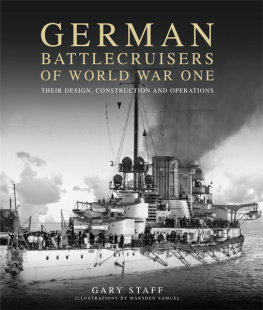

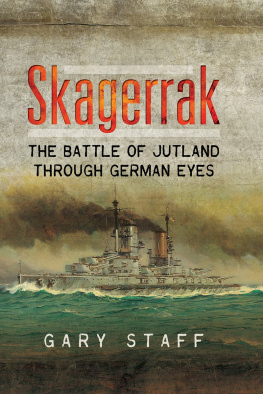

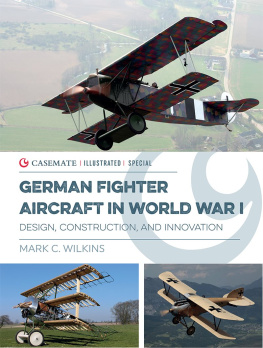
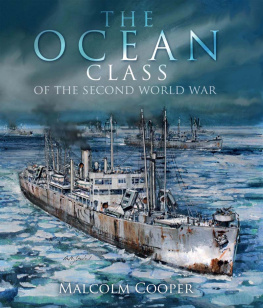
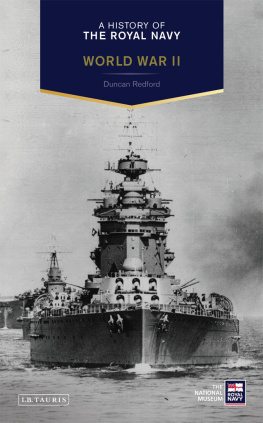


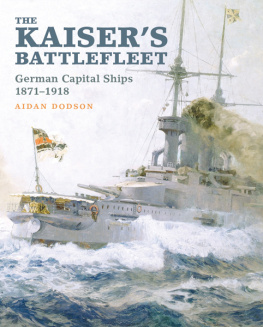


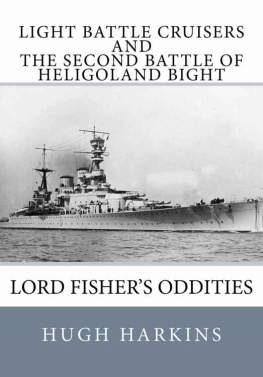
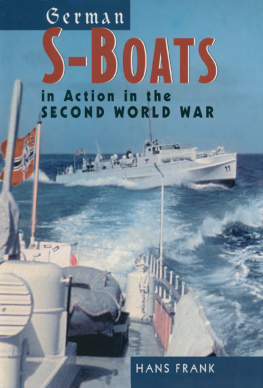
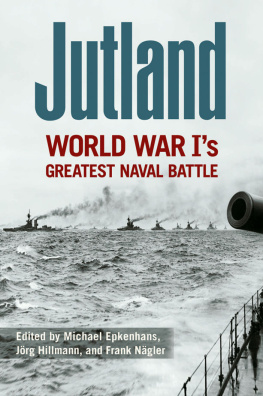




 SMS von der Tann
SMS von der Tann



